8 Foods That Will Help To Lock Moisture In Dry Skin Naturally
By: Priyanka Maheshwari Tue, 09 Apr 2024 8:57:50
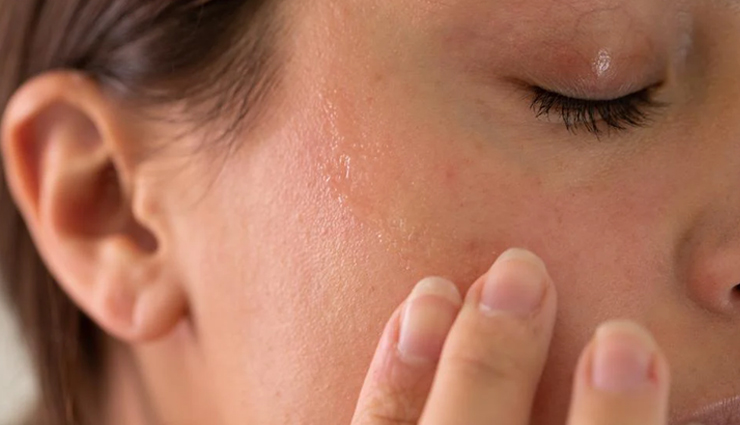
Dry skin, medically referred to as xerosis, is a common dermatological condition characterized by an insufficient amount of moisture in the outermost layer of the skin, known as the epidermis. This lack of hydration can lead to a variety of symptoms, including roughness, itchiness, flakiness, and in severe cases, cracking and bleeding.
Several factors contribute to the development of dry skin, including environmental factors such as low humidity, cold temperatures, excessive heat, and wind. Additionally, lifestyle factors like frequent bathing or swimming in chlorinated pools, using harsh soaps or cleansers, and prolonged exposure to hot water can strip the skin of its natural oils, exacerbating dryness.
Certain medical conditions, such as eczema, psoriasis, hypothyroidism, and diabetes, can also contribute to or exacerbate dry skin. Aging is another significant factor, as the skin tends to produce less oil as we grow older, leading to increased dryness and decreased elasticity.
Managing dry skin typically involves a combination of preventive measures and therapeutic interventions. This includes using gentle, fragrance-free moisturizers regularly, avoiding hot baths or showers, using mild, hydrating cleansers, and protecting the skin from harsh environmental conditions by wearing appropriate clothing and using humidifiers indoors.

# Hydration:
In addressing dry skin, the foremost and pivotal aspect is hydration. Water serves as the fundamental element for reinvigorating cellular health, maintaining homeostasis, averting premature aging, and sustaining cellular functionality. Insufficient water intake can precipitate cutaneous dehydration, leading to various dermatological issues including dryness and flakiness. Aim to consume a minimum of 3 liters of water daily, with adjustments for increased requirements due to regular physical activity.
How to Address Dry Skin with Hydration:
- Implement reminders on your mobile device or strategically place post-it notes throughout your living and workspace to prompt regular water consumption.
- Enhance the appeal and flavor of water by infusing it with sliced fruits, herbs, or spices.

# Incorporating Nuts:
Nuts such as almonds, walnuts, macadamias, pine nuts, pistachios, cashews, and hazelnuts boast rich reservoirs of essential fatty acids (EFAs) including omega-3 and omega-6, alongside proteins, vitamin E, B-group vitamins, magnesium, selenium, copper, iron, zinc, calcium, potassium, and dietary fiber. These nutrients contribute to maintaining cellular turgidity, bolstering integrity, enhancing circulation, and fostering cellular hydration, thereby promoting soft, supple, and radiant skin.
How to Address Dry Skin with Nuts:
- Soak nuts overnight for optimal nutrient absorption. Incorporate a handful of nuts into your morning routine, or blend them into breakfast smoothies, salads, or stir-fries. Exercise moderation to avoid excessive fat intake.
- Utilize almonds soaked overnight, blend into a paste, and combine with milk for a nourishing facial mask. Apply evenly, leave for 20 minutes, and rinse with lukewarm water using a soft cloth.
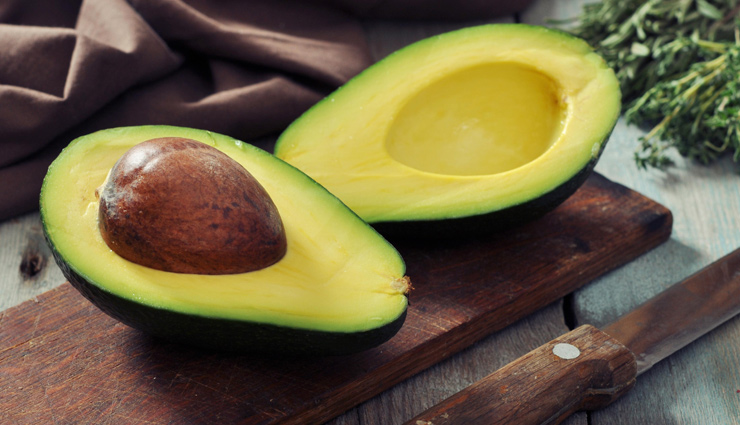
# Harnessing Avocado:
Abundant in vital nutrients such as vitamin C, E, A, K, omega-3 fatty acids, and folate, avocado facilitates skin tissue repair, cellular rehydration, suppleness, and wrinkle reduction.
How to Address Dry Skin with Avocado:
- Integrate avocado into dietary staples such as sauces, salads, or smoothies for internal benefits.
- Externally, prepare a mask by mashing a quarter of an avocado, blending with yogurt and honey. Apply for 20 minutes before rinsing with lukewarm water.
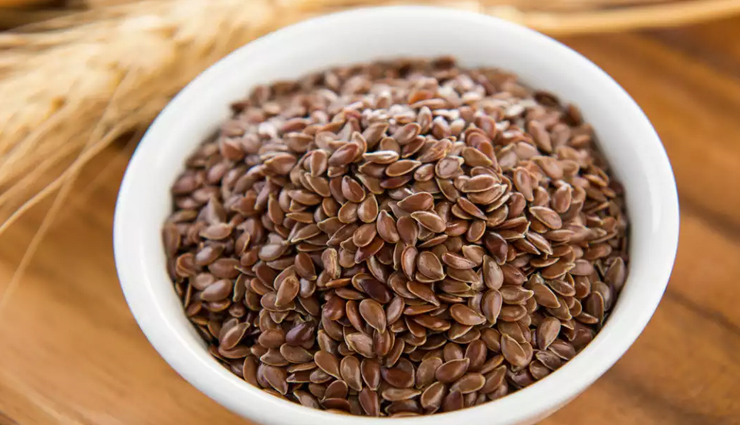
# Utilizing Flaxseeds:
Flaxseeds, packed with essential fatty acids, lignans, proteins, and dietary fiber, exhibit properties conducive to alleviating skin irritation, reducing transepidermal water loss, and enhancing skin smoothness and hydration.
How to Address Dry Skin with Flaxseeds:
- Consume milled flaxseeds or flaxseed powder to facilitate digestion, incorporating them into breakfast options, smoothies, or salads.
- Craft a skin-rejuvenating mask by blending yogurt with flaxseed powder, applying for 20 minutes, and rinsing with lukewarm water.

# Embracing Banana:
Bananas, replete with vitamins A, B, C, D, niacin, riboflavin, thiamin, copper, zinc, iron, magnesium, calcium, potassium, phosphorus, folate, and dietary fiber, contribute to skin rejuvenation and purportedly enhance skin luminosity.
How to Address Dry Skin with Banana:
- Consume one to two bananas daily, either as a standalone snack or incorporated into various culinary preparations.
- For a topical application, mash half a banana with honey and yogurt to form a mask. Apply, leave for 20 minutes, and rinse with lukewarm water.
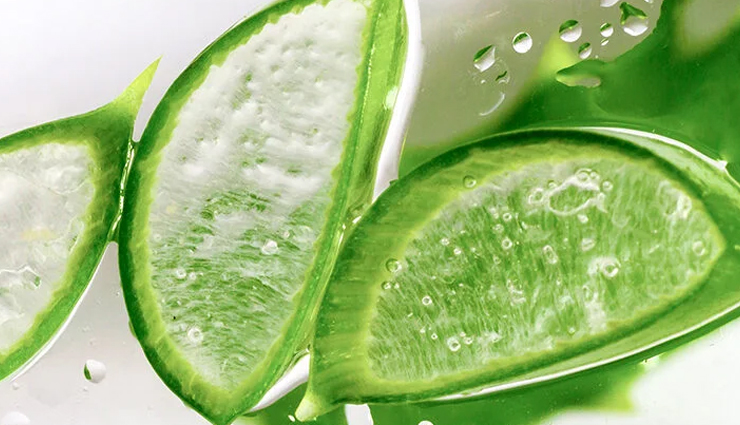
# Harnessing Aloe Vera:
Aloe vera gel, abundant in lipids, vitamins A, C, E, B12, choline, minerals, amino acids, glycosides, anthraquinones, and glucomannans, boasts antioxidant, antibacterial, and anti-inflammatory properties conducive to skin hydration, collagen synthesis, and UV protection.
How to Address Dry Skin with Aloe Vera:
- Consume commercial aloe vera juice, while exercising caution with homemade preparations to avoid potential toxicity.
- Apply aloe vera gel topically, leaving for 20 minutes before rinsing with lukewarm water.
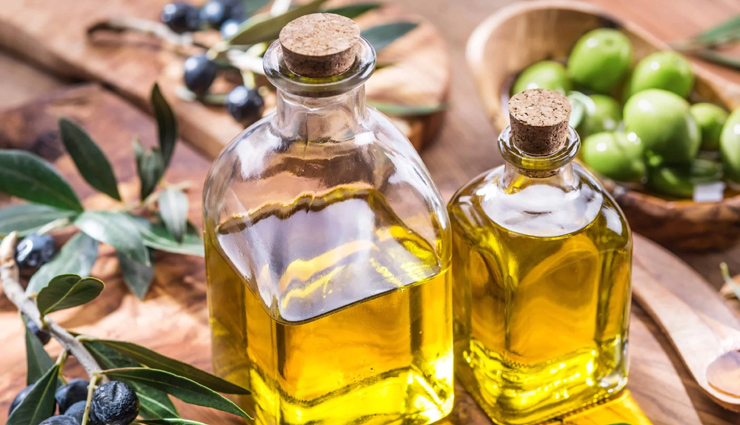
# Leveraging Olive Oil:
Olive oil, renowned for its historical use in cosmetics, harbors fatty acids with anti-inflammatory and antioxidant properties, serving to nourish, heal, hydrate, and protect the skin.
How to Address Dry Skin with Olive Oil:
- Employ extra virgin olive oil in culinary preparations, utilizing it as a salad dressing or cooking medium.
- Alternatively, concoct a skin-nourishing blend of olive oil, milk, and honey, applying for 30 minutes before rinsing with lukewarm water.
-1712676456-lb.jpg)
# Embracing Fish:
Cold-water fish varieties like salmon, tuna, cod, and herring, rich in omega-3 fatty acids, offer anti-inflammatory benefits, toxin elimination, and moisture retention, fostering skin suppleness and radiance.
How to Address Dry Skin with Fish:
- Incorporate fresh, wild-caught fish into meals, ensuring consumption with the skin intact for optimal omega-3 fatty acid intake.
- Alternatively, consider fish oil supplementation after consulting with a healthcare professional for appropriate dosage.





